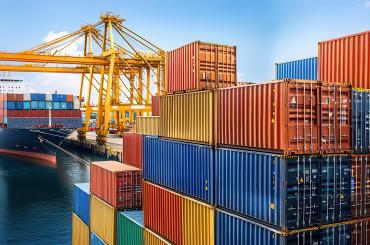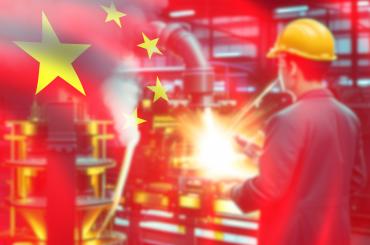
industrial policy
-

Industrial policy for economic development in the new era
Industrial policy prioritises growth in specific sectors. Yet there is little agreement about how to target sectors in practice, especially in developing countries, and many argue that governments cannot pick winners. So, how have governments’ export...
-

How can emerging economies break free from the sidelines of global trade?
The second episode of Development Dialogues covers how developing countries have engaged with global trade. How have their approaches to trade differed based on their underlying institutional and economic structure? What has been the impact on their economies and how might Trump's presidency shape the future of global trade?
-

Industrial policy for micro-, small- and medium-sized enterprises
To promote economic growth and inclusion, the tools of industrial policy must be oriented towards micro-, small- and medium-sized enterprises by targeting firms with high-productivity potential and addressing their growth constraints.
-

Implementing industrial policy effectively: Lessons from shipbuilding in China
Industrial policy in China aimed to make the country’s shipbuilding industry a world leader. Comprehensive data on shipyards worldwide reveals the huge scale of this policy, which boosted China's domestic investment, entry, and world market share dra...
-

Learn, Move, Practice: Political rotation spread knowledge and industrial policy across China
The rotation of local political leaders across cities in China facilitates the interregional diffusion of industry-specific knowledge and influences the realisation of local comparative advantage on international markets, potentially through the prac...
-

Industrial policy for economic development
What have economists learnt about using industrial policy to promote economic development?
-

China does not pick – or create – winners when giving subsidies to firms
What is the relationship between the allocation of government subsidies and total productivity for Chinese listed firms?
-

Creative destruction and catch-up growth in India
Selectively supporting transformative firms is a viable strategy to promote growth where there is less creative destruction
-

The plant-level view of an industrial policy: The Korean heavy industry drive of 1973
Korea’s promotion of heavy and chemical industries would have been more successful if it had not come with a rise in concentration and misallocation